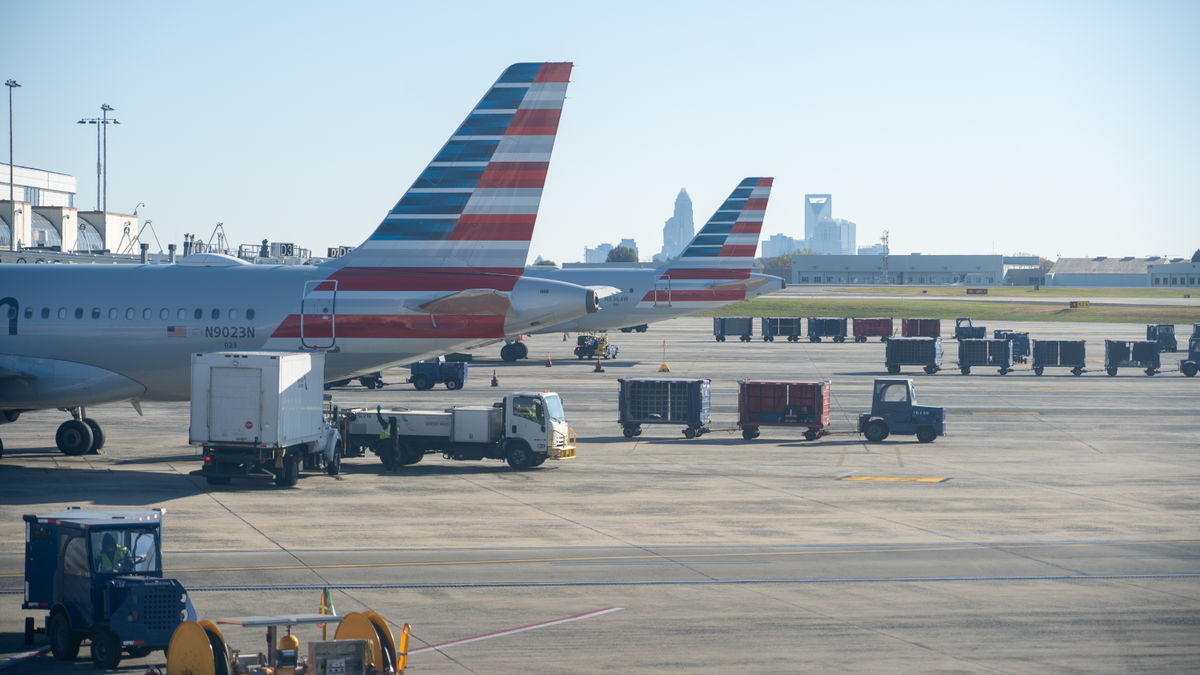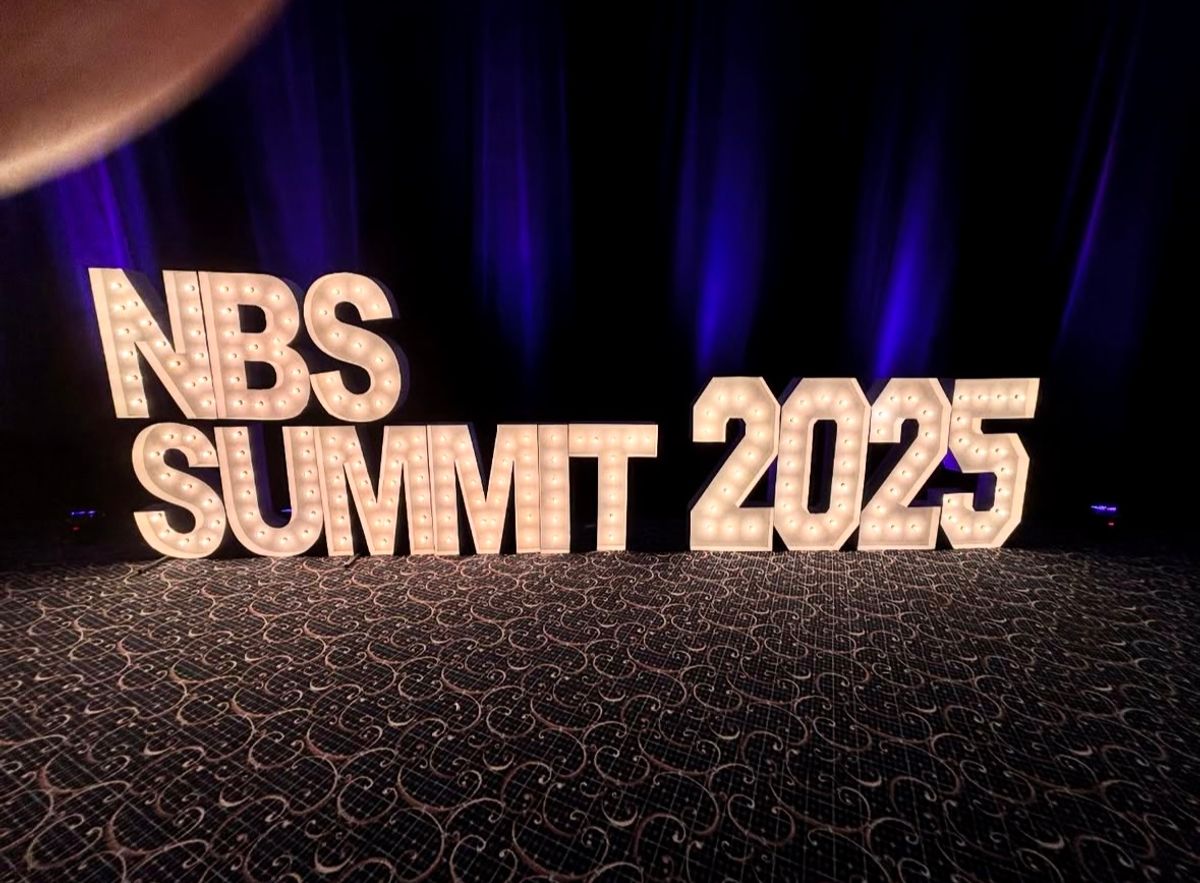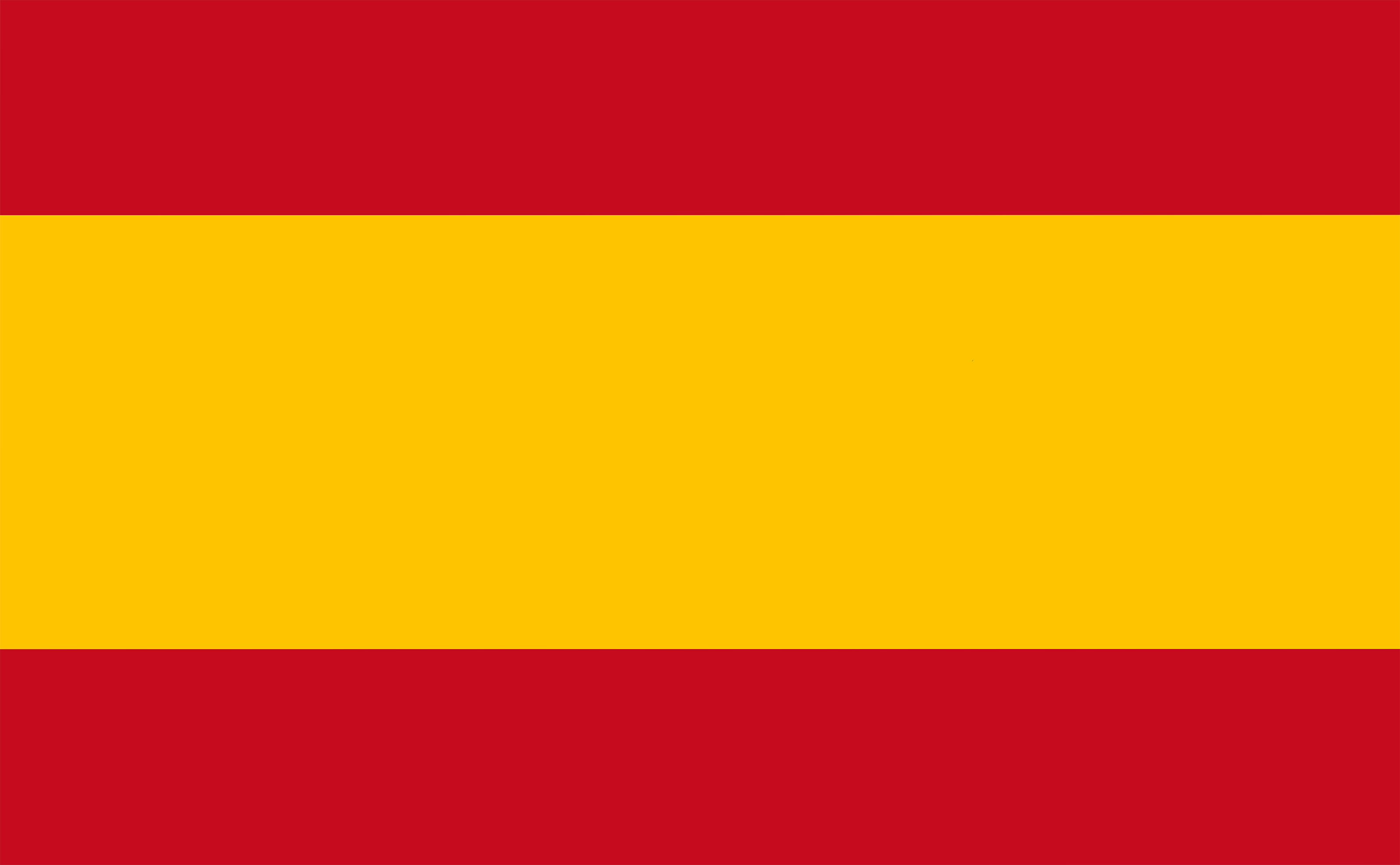This week, employees from the Alaska Department of Environmental Conservation presented data to the House Finance Committee’s environmental subcommittee that show how, as cruise ship visitation has increased, so have water-quality violations, also called exceedances. The number of these violations have roughly tripled since 2018.
The state formerly employed onboard observers called ocean rangers; these rangers actively monitored wastewater discharges from cruise ships. However, due to funding issues, the program shut down in 2019.
“We are seeing an increase in exceedances, but we’re also seeing an increase in compliance response, post-ocean ranger,” said Gene McCabe, director of the Division of Water. McCabe also explained that, since the ranger program ended, officials have moved to test water samples instead. DEC officials said that, while all vessels are monitored, different rules are in place for smaller and larger cruise ships.
The state saw roughly 20 to 25 exceedances per year during the period when the ocean ranger program was in place. However, in the past few years, total detected exceedances ranged from 60 to 75 per year.
The EPA notes that there are a variety of different waste streams generated by cruise ships, which include:
- bilge water (water that collects in the lowest part of the ship’s hull and may contain oil, grease and other contaminants)
- sewage
- graywater (wastewater from showers, sinks, laundries, and kitchens
- ballast water (water taken onboard or discharged from a vessel to maintain its stability), and
- solid waste (food waste and garbage)
Alaska’s Department of Environmental Conservation said that cruise arrivals for the southeast part of the state continue to climb. From 1.1 million in 2018, there are an expected 1.9 million forecast for 2025.
For the latest travel news, updates and deals, subscribe to the daily TravelPulse newsletter.
.png)
.png) 1 month ago
5
1 month ago
5








 English (US) ·
English (US) ·  Spanish (ES) ·
Spanish (ES) ·